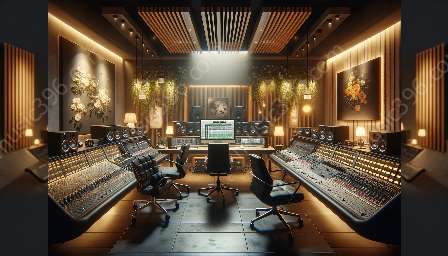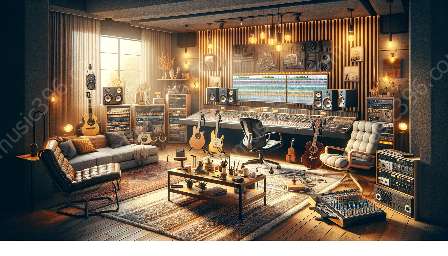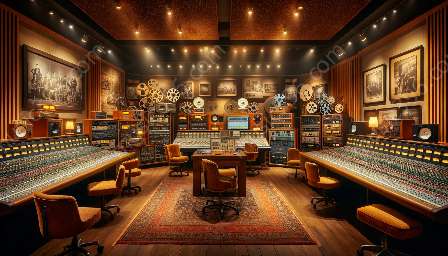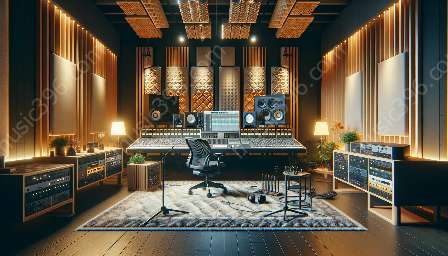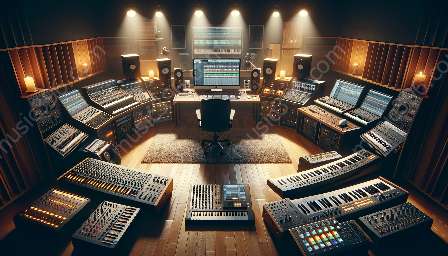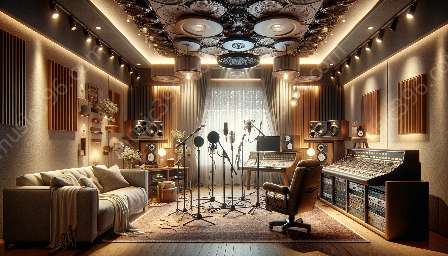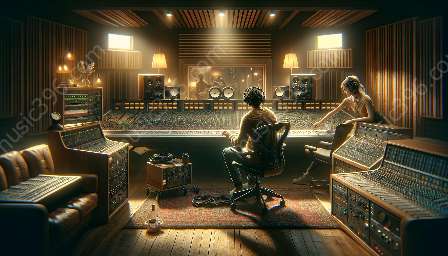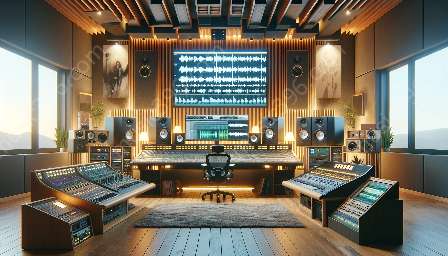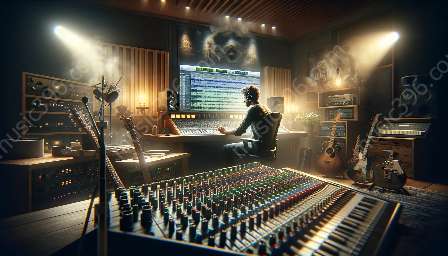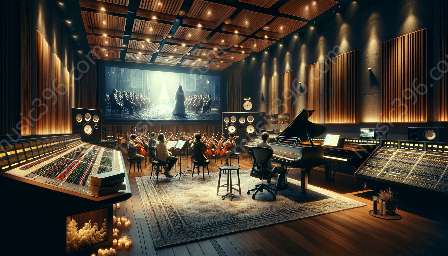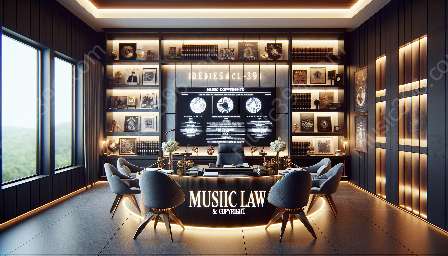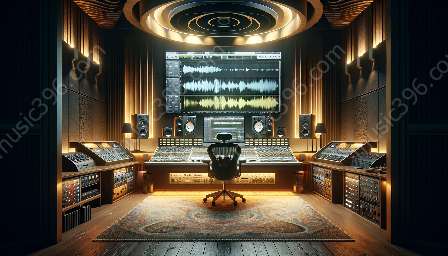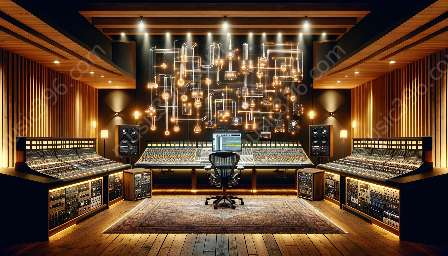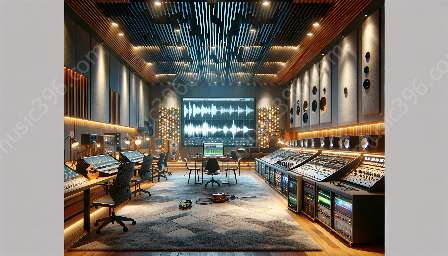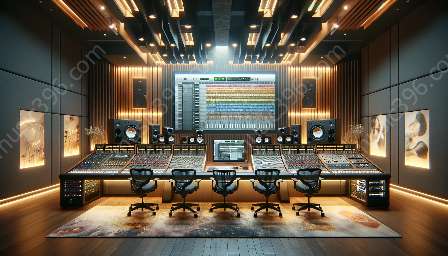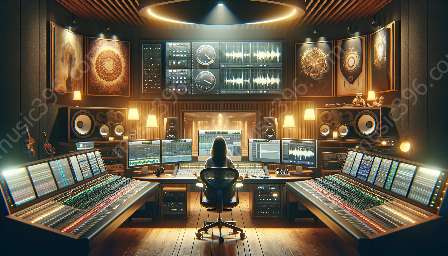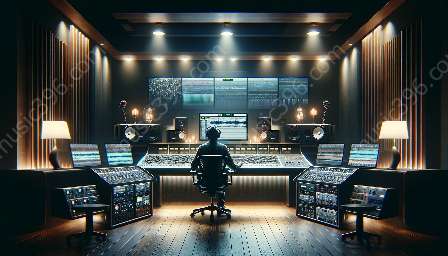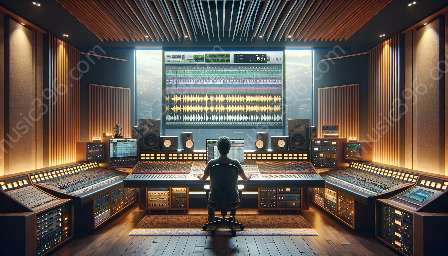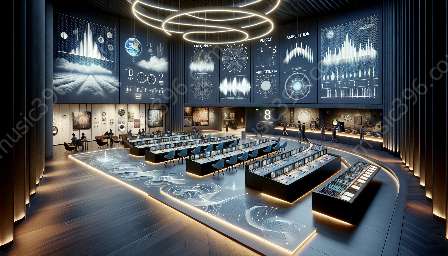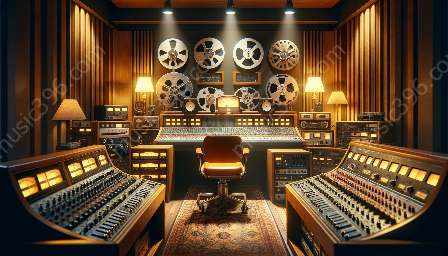Introduction to Spatial and Stereo Imaging Enhancement with Plugins
Music recording is an art that involves capturing and manipulating sound to create a harmonious blend of instruments and vocals. Spatial and stereo imaging enhancement plays a crucial role in this process, as it helps to create a sense of depth, dimension, and placement within the audio field. By leveraging the use of plugins, recording engineers and producers can elevate the overall audio quality and produce a more immersive listening experience for their audience.
When it comes to spatial and stereo imaging enhancement, plugins offer a wide range of tools and effects that can be applied to audio tracks to achieve a desired spatial and depth perception. These plugins come in various forms, including reverb, delay, spatial processors, stereo enhancers, and more. The careful use of these plugins can transform a flat, two-dimensional recording into a rich and dynamic sonic landscape that captivates the listener.
Creating Spatial and Stereo Imaging Enhancement with Plugins
Plugins play a crucial role in the creation of spatial and stereo imaging enhancement in music recording. Let’s explore some of the key techniques and plugins that can be used to achieve this.
1. Reverb
Reverb plugins are essential for creating a sense of space and depth in a recording. By adjusting the parameters of reverb, such as decay time, pre-delay, and early reflections, recording engineers can place instruments and vocals within a virtual acoustic environment. This can make the audio sound more natural and immersive, giving the listener a sense of being in a live performance space.
2. Delay
Delay plugins can be used to create spatial effects by introducing repeating or echoing sounds. By manipulating the delay time, feedback, and modulation, recording engineers can produce effects that simulate the sensation of distance and movement within the audio field. This can be particularly effective for enhancing stereo imaging and creating a sense of space between different audio elements.
3. Spatial Processors
Spatial processors are specialized plugins designed to manipulate the stereo image of a recording. These plugins can adjust the perceived width, depth, and position of audio signals within the stereo field. By using techniques such as mid-side processing, stereo widening, and imaging algorithms, recording engineers can enhance the spatial characteristics of the audio and create a more expansive and enveloping listening experience.
4. Stereo Enhancers
Stereo enhancer plugins are designed to elevate the perceived stereo width and separation of audio signals. By adjusting parameters such as stereo base, phase inversion, and harmonic excitation, recording engineers can make the stereo image of the audio more pronounced and captivating. This can result in a more engaging and immersive listening experience for the audience.
Benefits of Using Plugins for Spatial and Stereo Imaging Enhancement
The use of plugins for spatial and stereo imaging enhancement in music recording offers numerous benefits:
- Improved Dimension and Depth: By leveraging the capabilities of spatial and stereo imaging plugins, recording engineers can create a greater sense of dimension and depth within the audio field. This can result in a more immersive and lifelike listening experience for the audience.
- Enhanced Spatial Realism: Plugins allow recording engineers to simulate a wide range of acoustic environments, from intimate rooms to expansive concert halls. This level of control over spatial realism can significantly enhance the emotional impact and authenticity of the recording.
- Customized Sound Placement: With the ability to manipulate the placement and movement of audio signals, plugins enable recording engineers to precisely position instruments and vocals within the stereo field, creating a more cohesive and engaging sonic landscape.
- Increased Creativity: Spatial and stereo imaging plugins provide recording engineers with a toolkit for exploring creative sonic possibilities. By experimenting with different spatial effects and imaging techniques, engineers can elevate the overall artistic expression of the music recording.
Conclusion
Enhancing the spatial and stereo imaging of a music recording is a multifaceted process that requires attention to detail and a creative approach. By leveraging the power of plugins, recording engineers can shape the sonic landscape and create immersive experiences that resonate with their audience. Whether it’s through the use of reverb, delay, spatial processors, or stereo enhancers, plugins offer a versatile set of tools for capturing and enhancing the spatial and stereo elements of music recordings, elevating the overall audio quality and captivating the listener.



